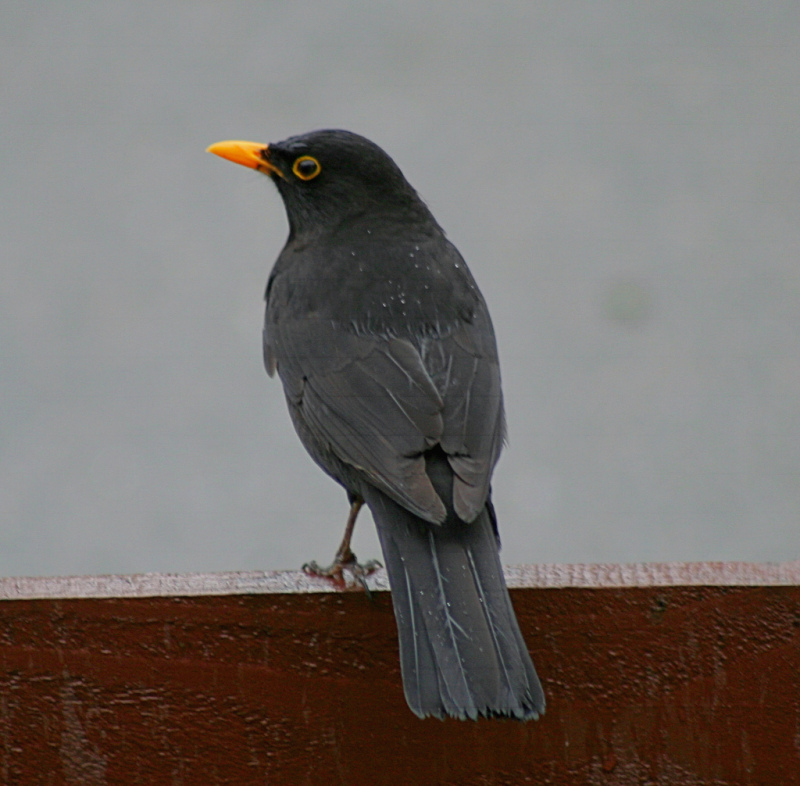Colours
Distinguishing features
The adult male has glossy black plumage, blackish-brown legs, a yellow eye-ring and an orange-yellow bill. The bill darkens somewhat in winter. The adult female is sooty-brown with a dull yellowish-brownish bill, a brownish-white throat and some weak mottling on the breast. The juvenile is similar to the female, but has pale spots on the upperparts, and the very young juvenile also has a speckled breast. Young birds vary in the shade of brown, with darker birds presumably males. The first year male resembles the adult male, but has a dark bill and weaker eye ring, and its folded wing is brown, rather than black like the body plumage. (Wikipedia)
Size
- From 23.5 cm to 29 cm (Length of specimen)
Wingspan
- From 34 cm to 38 cm
Synonyms
Distribution
Distribution and habitat preferences
It breeds in temperate Eurasia, North Africa, the Canary Islands, and South Asia. It has also been introduced to Australia and New Zealand.
Common over most of its range in woodland, it has a preference for deciduous trees with dense undergrowth. However, gardens provide the best breeding habitat. (Wikipedia)
Local abundance
- Cape Kidnappers, New Zealand: abundant
Diet
It is omnivorous, eating a wide range of insects, earthworms, seeds and berries. It feeds mainly on the ground, running and hopping with a start-stop-start progress. It pulls earthworms from the soil, usually finding them by sight, but sometimes by hearing, and roots through leaf litter for other invertebrates. Small vertebrates such as frogs, tadpoles and lizards are occasionally hunted. This species will also perch in bushes to take berries and collect caterpillars and other active insects. (Wikipedia)


